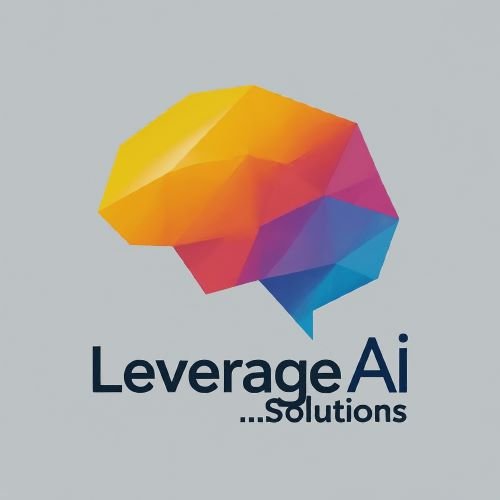Comparing Bitcoin and Ethereum’s Future as a Universal Settlement Layer
HPBL
Bitcoin vs. Ethereum: The Long-Term Vision of a Universal Settlement Layer
In the rapidly evolving landscape of cryptocurrency, Bitcoin and Ethereum stand out as two dominant forces, each with distinct philosophies and technological frameworks. Both networks are vying to establish themselves as the preferred universal settlement layer, but their approaches differ significantly.
Bitcoin: The Digital Gold
Bitcoin, often referred to as digital gold, was created in 2009 by an anonymous entity known as Satoshi Nakamoto. Its primary function is to serve as a decentralized currency and a store of value. Bitcoin’s blockchain is designed for security and immutability, leveraging a proof-of-work consensus mechanism. This method, while energy-intensive, has proven effective in securing the network against attacks and maintaining its integrity.
The long-term vision for Bitcoin revolves around its role as a global reserve asset, akin to gold. Proponents argue that Bitcoin’s scarcity—limited to 21 million coins—makes it an ideal hedge against inflation and economic instability. As institutional adoption increases, Bitcoin is increasingly viewed as a safe haven asset in turbulent financial times.
Ethereum: Beyond Currency
In contrast, Ethereum, launched in 2015 by Vitalik Buterin and a team of developers, aims to be more than just a digital currency. Ethereum introduced the concept of smart contracts, enabling decentralized applications (DApps) to run on its blockchain. This capability has triggered a wave of innovation across various sectors, from finance (DeFi) to art (NFTs).
Ethereum’s long-term vision encompasses the creation of a decentralized internet, or Web 3.0, where users have control over their data and digital identities. The platform is transitioning from a proof-of-work to a proof-of-stake consensus mechanism with Ethereum 2.0, which promises to enhance scalability and reduce energy consumption.
The Universal Settlement Layer Debate
The debate over which blockchain will ultimately serve as the universal settlement layer is ongoing. Advocates for Bitcoin emphasize its robustness and security, arguing that it provides a reliable framework for value transfer. On the other hand, Ethereum supporters highlight the versatility of its platform, which can facilitate a broad range of applications beyond currency.
As the cryptocurrency market matures, both networks are likely to coexist, serving different yet complementary roles. Bitcoin may solidify its position as a store of value, while Ethereum continues to innovate and expand its ecosystem.
Additional Considerations
- Interoperability: The future of blockchain technology may hinge on the ability of different networks to communicate with one another. Projects focused on interoperability, such as Polkadot and Cosmos, aim to connect disparate blockchain ecosystems, enhancing overall functionality.
- Regulatory Landscape: As governments around the world develop regulations for cryptocurrencies, the long-term viability of Bitcoin and Ethereum as universal settlement layers may be influenced by compliance requirements and legal frameworks.
- Environmental Concerns: The environmental impact of cryptocurrency mining has come under scrutiny. While Bitcoin’s proof-of-work model has raised concerns, Ethereum’s shift to proof-of-stake is a significant step towards sustainability in the crypto space.
- Adoption Trends: The increasing interest from institutional investors and large corporations in both Bitcoin and Ethereum could shape their trajectories. Companies like Tesla and MicroStrategy have publicly backed Bitcoin, while Ethereum’s capabilities have attracted major players in the DeFi and NFT markets.
In conclusion, the competition between Bitcoin and Ethereum for dominance as a universal settlement layer presents a fascinating case study in technological evolution and market dynamics. As both platforms continue to develop, their paths may diverge, yet they may also converge in ways that redefine the future of finance and digital interaction.
